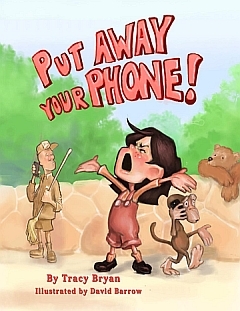
by Tracy Bryan
From the moment I began writing my new release, Put Away Your Phone! I had imagined bright and vivid pictures to give it a real traditional feel. How was I going to find an illustrator for my book that fit these needs?
I first began searching for an illustrator towards the end of the final draft of the manuscript. Up to this point, I’d been writing picture books mostly about mental health and other diverse and social issues that affect kids. Although I consider myself a creative, I have absolutely no training in visual art. Besides, I wanted my first fiction picture book to be more conventional, with a hand drawn and painted look in the illustrations.
I’m a member of the Society of Children Book Writers (SCBWI) and I have access to a gallery of illustrators who are also members. Naturally, I looked here first. There are dozens of talented and professional illustrators in this database and each one has their own unique and distinctive style. I knew what look I wanted for my book, so now it was just a matter of finding someone that suited my budget, my project intentions, and my creative process.
As for my budget, I needed to do some research first. The industry rates of services for a children’s illustrator are based mostly on the time it takes to complete the project, materials needed and the artist’s level of experience.
According to the creativepenn.com: “The current industry rates for children’s picture books (based on a 32pg book) estimates range from $3,000 – $12,000, plus royalties. To break it down another way, if you estimate that an illustrator is creating 20 original illustrations for your book and you are paying them $3,000 for art that is $150 per illustration.”
Before I made a final decision about my budget projections, I wanted to ask myself a series of important questions regarding the criteria of this project (my book) and my objectives for it.
WHAT is the project?
I was creating an illustrated children’s book. This was the number one question I asked in the beginning because it helped me focus on exactly what my intentions were. I didn’t necessarily want a graphic designer who only created digital advertisements to work on my project. They probably wouldn’t understand my market like a picture book artist would. Also, it’s essential to me to see previous work done by any artist so that I can get a feel for what their level of expertise and style is. I wanted to see evidence of what my pictures might look like.
WHO is the project for?
My book is for kids aged 4-8. Age group criteria can really matter when seeking a children’s illustrator. While most illustrators are happy to get the work, there are certain artist’s that specialize in creating pictures that appeal to a certain age group. I was looking for someone that could relate to kids of this age and possibly even know young kids that they could work from.
WHEN is the project needed?
A timeline is a definite must on both sides of the working agreement. In most situations, this is based on the artist’s skill level. I had a time frame in mind, but from being a creative myself, I wanted to respect that my illustrator would need to work at a speed that was in balance with their process. Although it’s critical to establish a set time for publication in a written contract, I also know that putting too much constraint on the end date can kill the creative flow.
WHERE will the illustrations be used?
I would be using the illustrated artwork in my book, but I also had to consider some of this art being used on my website, in guest blogs, in my book trailer, and on social media. With all the copyright laws now, it’s vital to know each party’s rights in the project. Again a written contract is absolutely necessary in order to protect all of those involved, establish clear boundaries for the project and to make it fair on both ends.
My husband is my agent so I had him assist in drawing up a document that worked for me. There are many resources available to authors and illustrators with regards to contemporary user rights (and other legal issues) and I highly suggest setting out these guidelines before any project is started. As a side note: Just to protect the artists and their work that I would use, I kept in mind to make sure to purchase rights to the work, ask permissions and/or insert a copyright image on any artwork (and stock audio) that I was using, if it wasn’t there already.
So…HOW MUCH?
Because I’m an Indie Author and I self-publish myself, I had to keep a budget in mind. Also, I knew that if I chose a “professional” artist, (someone that was already established, had a reputation and was getting paid according to the industry rate) I would have to consider their asking price first and then begin negotiations there. Pretty standard stuff. However, because I was a novice in this industry, I had a feeling that what I wanted to pay and what I actually would have to pay might be different figures.
If an illustrator asks for a price that fits your budget, sometimes negotiations aren’t even necessary. This is exactly what happened with me. I accepted the price because it seemed fair and I was the novice after all. My illustrator had been in this industry for longer than me and they had much more experience.
I had created a business and marketing plan for this project and cost of an illustrator was on it. I figured this final fee into my author/illustrator contract agreement, where I pay half up front for services and the other half upon completion of the project. This was going to be a flat fee and that meant there would be no “add on” service fees later when the project was finished. The fee included the purchase of all rights to the illustrated pictures and even if the book became really successful, there would be no future royalty payments either. This was really confusing details and legal information for me, so I had my husband/agent explain some of this to me and I did a lot of research too.
Finally…WHY do this project?
Above all, the most important question I needed to ask myself. Why was I doing this? I wrote Put Away Your Phone! two years ago and I still feel as much passion for it now as I did then, if not more! There is a message in my book that I believe the world needs to hear-especially kids. I knew I couldn’t do this alone, I still don’t. Some projects just need collaboration in order for them to be the absolute best they can be. My project would be bland without my illustrator… David Barrow.
I feel so grateful to have found David that day, when I was searching through the gallery on SCBWI. Several emails later, project complete and book launched, and I can genuinely say I’ve found someone that I hope to continue doing projects with for a long time. Working with David has been exciting, rewarding and enlightening. Looking back at all the questions I initially asked myself, he has met all those criteria and more! Together, we have created a complete book with our own unique styles combined. I think we are a small, magical team.
In an industry where some creatives massively produce according to the market demands, I like being a part of something that produces exclusively for those in which the work was intended…the kids!
Follow this link to return to Tracy’s website and continue on her virtual Book Tour!
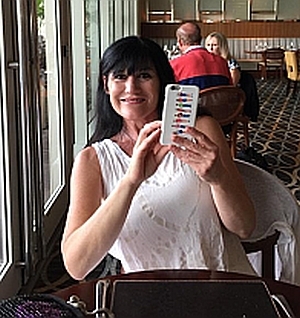 Tracy Bryan is a self-published author for kids aged 4-12. She writes whimsical picture books about emotions, mental health, mindfulness and social issues.
Tracy Bryan is a self-published author for kids aged 4-12. She writes whimsical picture books about emotions, mental health, mindfulness and social issues.
Tracy’s latest release is called Put Away Your Phone! and is now available on Amazon. This quirky and important tale about modern technology stars a little girl and her dislike for grown-ups who are always on their phone.
View the book trailer for Put Away Your Phone! here. To learn more about Tracy, please visit tracybryan.com
David Barrow began by drawing pictures on the floor in front of the family TV. Mostly self-taught,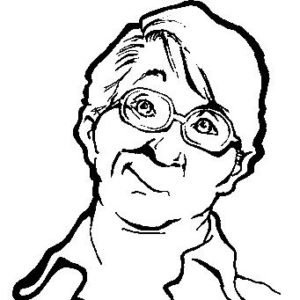 he pored over the books and images of the world around him. Throughout his career, he has been known for his congenial attitude, innovation, creativity, and drive.
he pored over the books and images of the world around him. Throughout his career, he has been known for his congenial attitude, innovation, creativity, and drive.
Eventually, the pull of visually telling stories drove him to strike out on his own, illustrating, animating and designing for local and national clients. Today, David has built a wide-ranging portfolio and a reputation for fairness and excellence. David also writes a personal blog.
To learn more about David and to view his blog and portfolio, please visit drawingdavidbarrow.weebly.com
Tags: self-publish, self-published, self-publishing
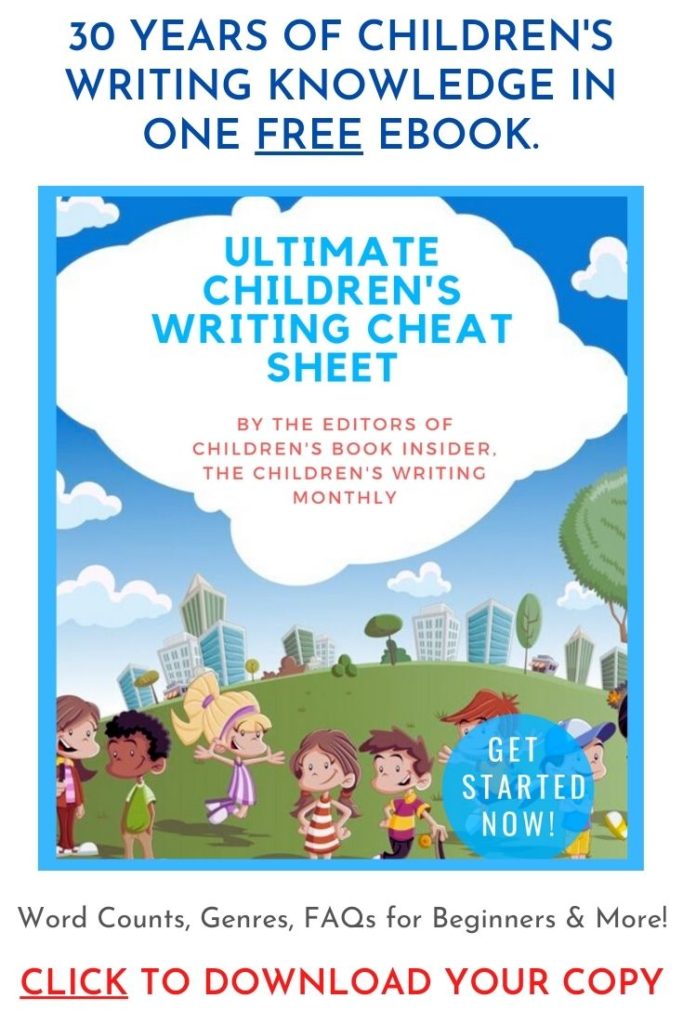
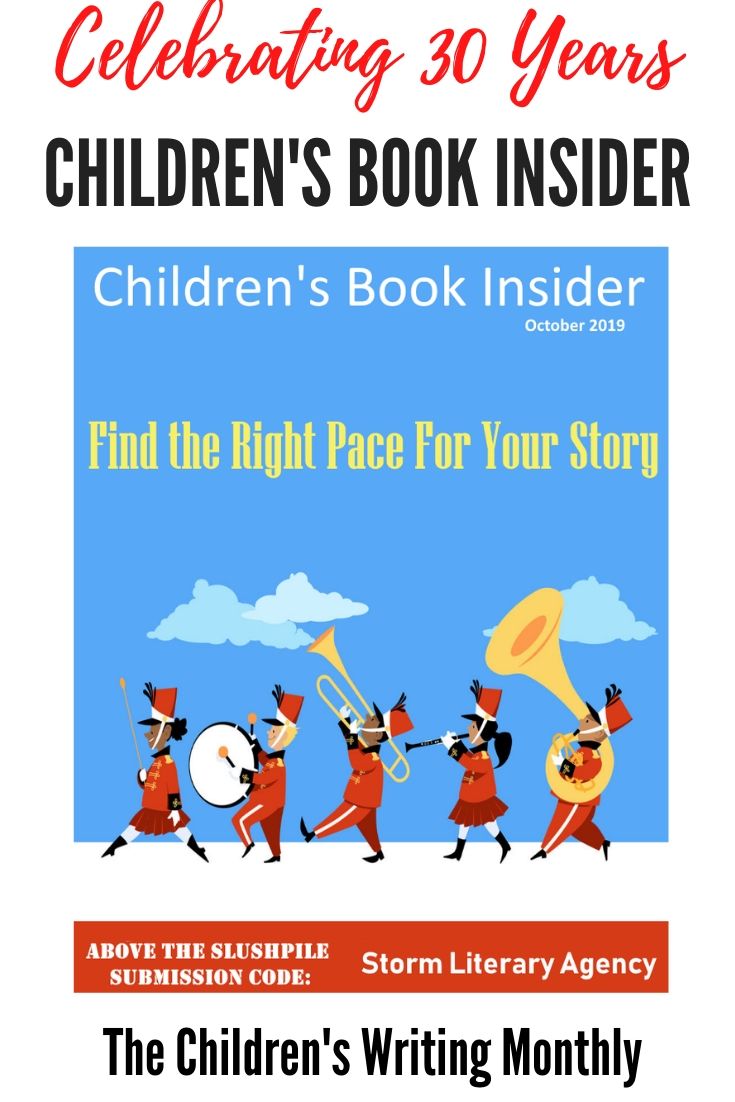
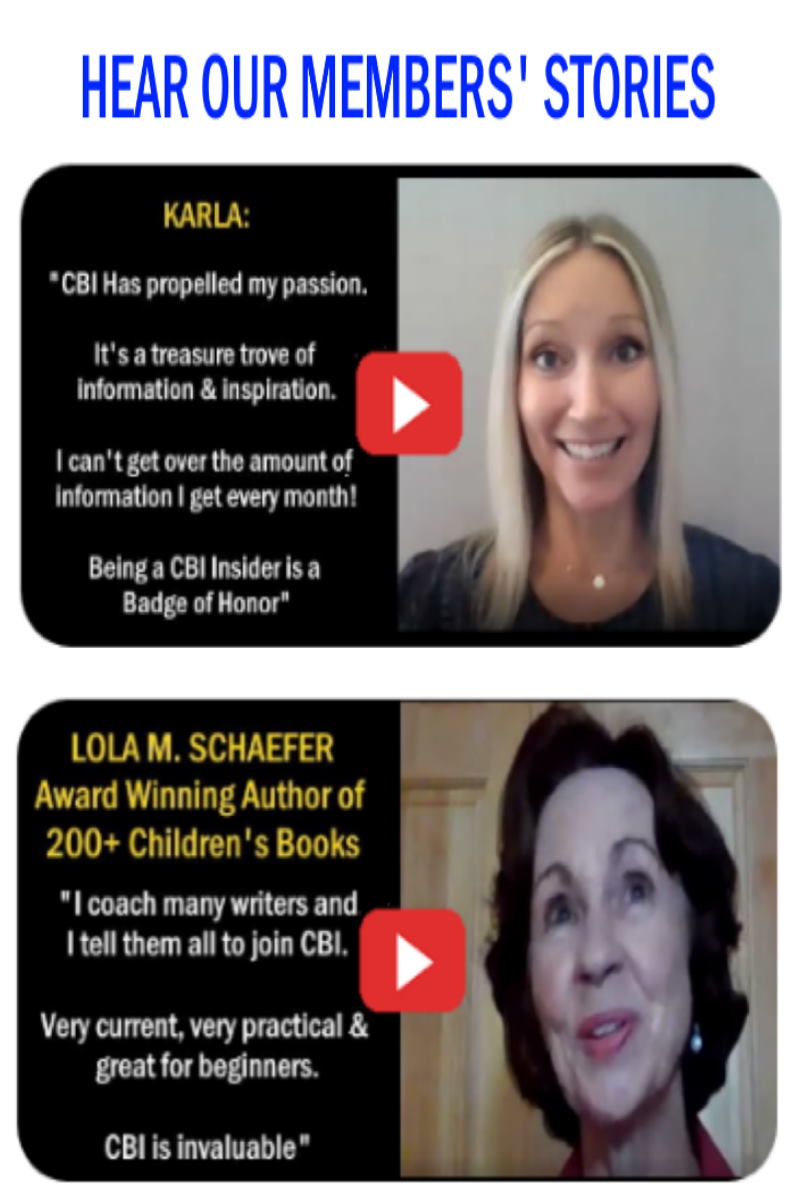
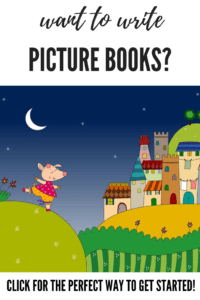


Dear Tracy Bryan
I found your self-publishing advice to the first time author are great, and one who follow it surely can be a successful published author.
By getting plenty of advices from you, finally I became an author. Time led me to write few titles for kids. Now 2 titles are available in amazon.com.
They are titled as
“Harry and the wounded Elephant” and “
In the trails of the Aboriginals of Australia.” They are free to read in Kindle.
If you read them you may like them and you can also advice kids to read and enjoy them.
Thank you
Regards.
J. Robinson